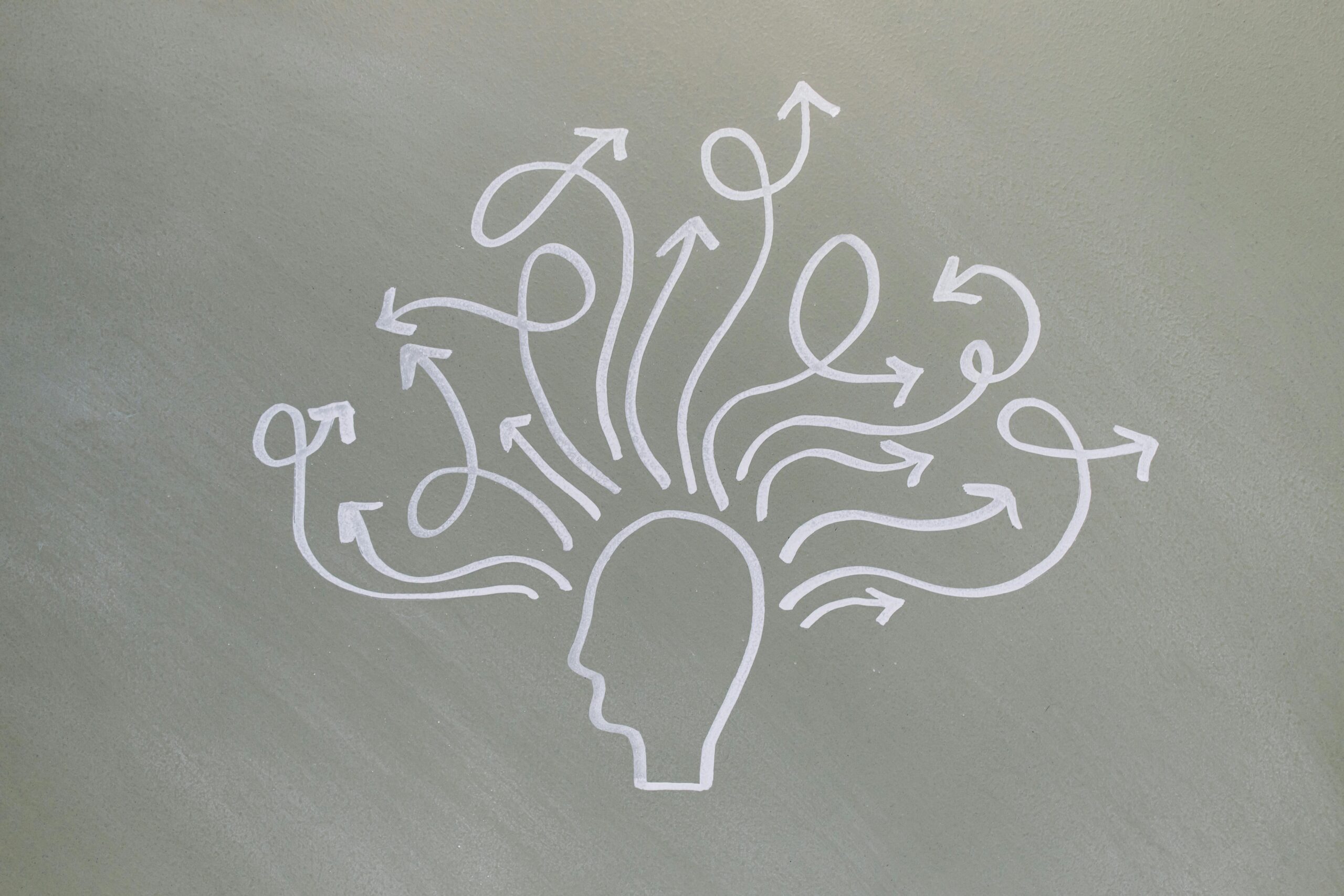Creating a comprehensive 7000-word description of Dissociative Disorder for a health science website involves detailed sections on various aspects of the disorder. I’ll outline the major sections and start drafting the content. This will include the introduction, types, symptoms, causes, diagnosis, treatment, and coping strategies.
Introduction to Dissociative Disorder
Dissociative disorders are a complex set of mental health conditions that involve disruptions or breakdowns of memory, awareness, identity, or perception. These disorders are often linked to severe trauma, particularly during early childhood, and can significantly impact a person’s ability to function in daily life. The main types of dissociative disorders include Dissociative Identity Disorder (DID), Dissociative Amnesia, Depersonalization/Derealization Disorder, and Dissociative Fugue.
Types of Dissociative Disorders
- Dissociative Identity Disorder (DID)
- Previously known as Multiple Personality Disorder, DID is characterized by the presence of two or more distinct personality states or identities that control a person’s behavior at different times. Each identity may have its own name, age, history, and characteristics.
- Symptoms:
- Presence of two or more distinct identities or personality states
- Gaps in memory for everyday events, personal information, and past traumatic events
- Significant distress or impairment in social, occupational, or other areas of functioning
- Dissociative Amnesia
- Dissociative Amnesia involves the inability to recall important personal information, usually of a traumatic or stressful nature, that is too extensive to be explained by ordinary forgetfulness.
- Types:
- Localized Amnesia: Inability to recall events during a specific period
- Selective Amnesia: Can recall some, but not all, events during a specific period
- Generalized Amnesia: Complete loss of memory for one’s life history
- Systematized Amnesia: Loss of memory for a specific category of information
- Continuous Amnesia: Forgetting new events as they occur
- Depersonalization/Derealization Disorder
- Depersonalization involves feelings of detachment from one’s body or self, as if one is an outside observer of their thoughts, feelings, or physical being. Derealization involves a sense of detachment from the surroundings, where the world feels unreal or dreamlike.
- Symptoms:
- Persistent or recurrent experiences of depersonalization or derealization
- Reality testing remains intact during these experiences
- Significant distress or impairment in social, occupational, or other areas of functioning
- Dissociative Fugue
- A subtype of dissociative amnesia, dissociative fugue involves sudden, unexpected travel away from home or one’s usual place of work, accompanied by an inability to recall one’s past and confusion about personal identity, or the assumption of a new identity.
- Symptoms:
- Sudden travel away from home or usual place of work
- Inability to recall past events or personal information
- Confusion about identity or adoption of a new identity
Symptoms of Dissociative Disorders
- Memory Loss (Amnesia): The extent of memory loss can vary, but typically it involves losing memories of certain periods, people, or events.
- Sense of Being Detached from Yourself (Depersonalization): Feeling as though you are outside of your own body, observing yourself.
- Distorted Perception of People and Things Around You (Derealization): Feeling as though the world around you is not real, distorted, or dreamlike.
- Blurred Sense of Identity: Difficulty in identifying who you are, feeling like you have multiple identities, or feeling as if your identity is unclear.
- Significant Stress or Problems in Relationships, Work, or Other Areas of Your Life: The disorder can cause significant disruptions in a person’s social and work life.
- Inability to Cope Well with Emotional or Professional Stress: Increased vulnerability to stress due to the dissociative symptoms.
Causes of Dissociative Disorders
- Trauma: The most common cause of dissociative disorders is trauma, particularly severe and prolonged childhood abuse. This includes physical, sexual, and emotional abuse, as well as neglect.
- Stress: Intense stress, even without a history of trauma, can lead to dissociative episodes.
- Psychological Factors: Dissociative disorders are often linked to other psychological conditions such as post-traumatic stress disorder (PTSD), depression, anxiety, and borderline personality disorder.
- Genetic Factors: There may be a genetic predisposition to developing dissociative disorders, though research is ongoing.
Diagnosis of Dissociative Disorders
Diagnosis involves a combination of clinical interviews, psychological assessments, and possibly neurological tests to rule out other conditions. Key steps include:
- Clinical Interview: A detailed interview with a mental health professional to discuss symptoms, personal history, and any traumatic experiences.
- Dissociative Experiences Scale (DES): A self-report questionnaire that helps identify dissociative symptoms.
- Structured Clinical Interview for DSM-5 (SCID-5): A comprehensive interview that helps diagnose various mental disorders, including dissociative disorders.
- Neuroimaging and Neurological Tests: To rule out neurological conditions that might cause similar symptoms.
Treatment of Dissociative Disorders
Treatment for dissociative disorders often involves a combination of psychotherapy, medication, and support. The primary goals are to integrate the separate identities, improve coping skills, and address underlying trauma.
- Psychotherapy
- Cognitive Behavioral Therapy (CBT): Helps change negative thinking patterns and behaviors.
- Dialectical Behavior Therapy (DBT): Focuses on mindfulness and emotional regulation, particularly useful for patients with borderline personality disorder and dissociative disorders.
- Eye Movement Desensitization and Reprocessing (EMDR): Specifically designed to treat trauma-related disorders.
- Hypnotherapy: Can help recover repressed memories and integrate dissociated aspects of identity.
- Family Therapy: Involves family members to provide support and understand the disorder better.
- Medication
- Antidepressants: Can help manage symptoms of depression and anxiety that often accompany dissociative disorders.
- Antianxiety Medications: To reduce anxiety and stress.
- Antipsychotics: In some cases, these might be prescribed to help manage severe symptoms.
- Support Groups and Self-Help Strategies
- Support groups provide a safe environment to share experiences and gain insights from others facing similar challenges.
- Self-help strategies such as maintaining a regular routine, practicing mindfulness and relaxation techniques, and engaging in creative activities can be beneficial.
Coping Strategies for Dissociative Disorders
Living with dissociative disorders can be challenging, but various coping strategies can help manage symptoms and improve quality of life.
- Building a Support System
- Surround yourself with supportive friends, family, and mental health professionals.
- Engage in support groups to connect with others who understand your experiences.
- Stress Management Techniques
- Practice mindfulness and relaxation techniques such as deep breathing, meditation, and yoga.
- Engage in regular physical activity to reduce stress and improve mood.
- Healthy Lifestyle Choices
- Maintain a balanced diet and get regular exercise.
- Avoid alcohol and drugs, which can worsen dissociative symptoms.
- Creative Expression
- Use creative outlets such as writing, art, or music to express emotions and experiences.
- Keeping a journal can help track symptoms and identify triggers.
- Routine and Structure
- Establish a daily routine to provide stability and predictability.
- Break tasks into smaller, manageable steps to avoid feeling overwhelmed.
- Education and Awareness
- Educate yourself about dissociative disorders to better understand your condition.
- Share information with close friends and family to help them understand and support you.
Research and Future Directions
Research on dissociative disorders is ongoing, with a focus on understanding the underlying mechanisms, improving diagnostic tools, and developing more effective treatments. Key areas of interest include:
- Neurobiological Research
- Studies on brain function and structure in individuals with dissociative disorders to identify specific neural correlates.
- Research on the impact of trauma on brain development and function.
- Improved Diagnostic Tools
- Development of more accurate and reliable diagnostic criteria and assessment tools.
- Integration of neuroimaging and genetic testing into diagnostic processes.
- Innovative Treatment Approaches
- Exploration of new therapeutic modalities, such as virtual reality therapy and neurofeedback.
- Studies on the effectiveness of combined treatment approaches, including medication and various forms of psychotherapy.
- Public Awareness and Education
- Increasing public awareness and understanding of dissociative disorders to reduce stigma and improve access to care.
- Training for mental health professionals to better recognize and treat dissociative disorders.
Conclusion
Dissociative disorders are complex and challenging conditions that require comprehensive and individualized treatment approaches. Early diagnosis and intervention are crucial for improving outcomes and helping individuals lead fulfilling lives. Through ongoing research, education, and support, we can continue to advance our understanding and treatment of dissociative disorders, offering hope and healing to those affected.

